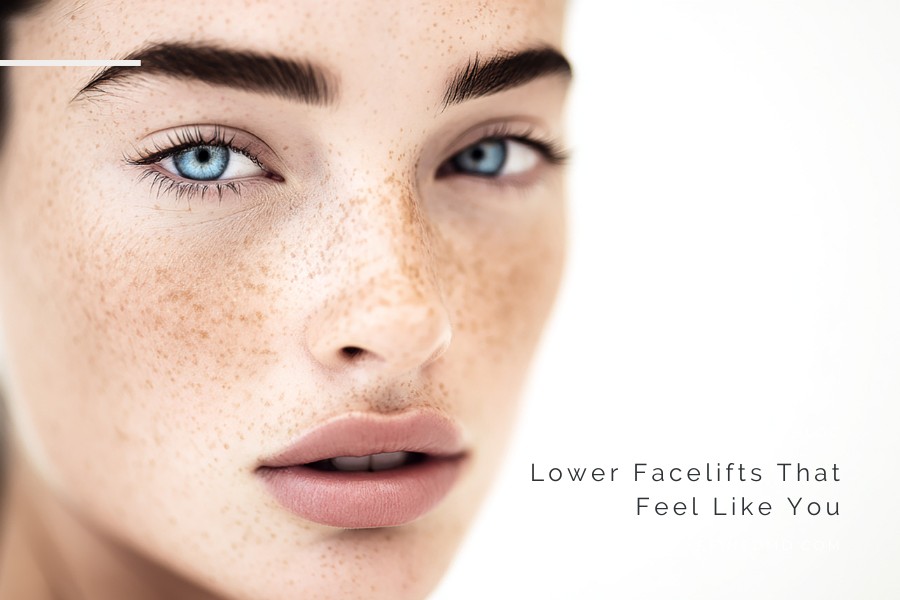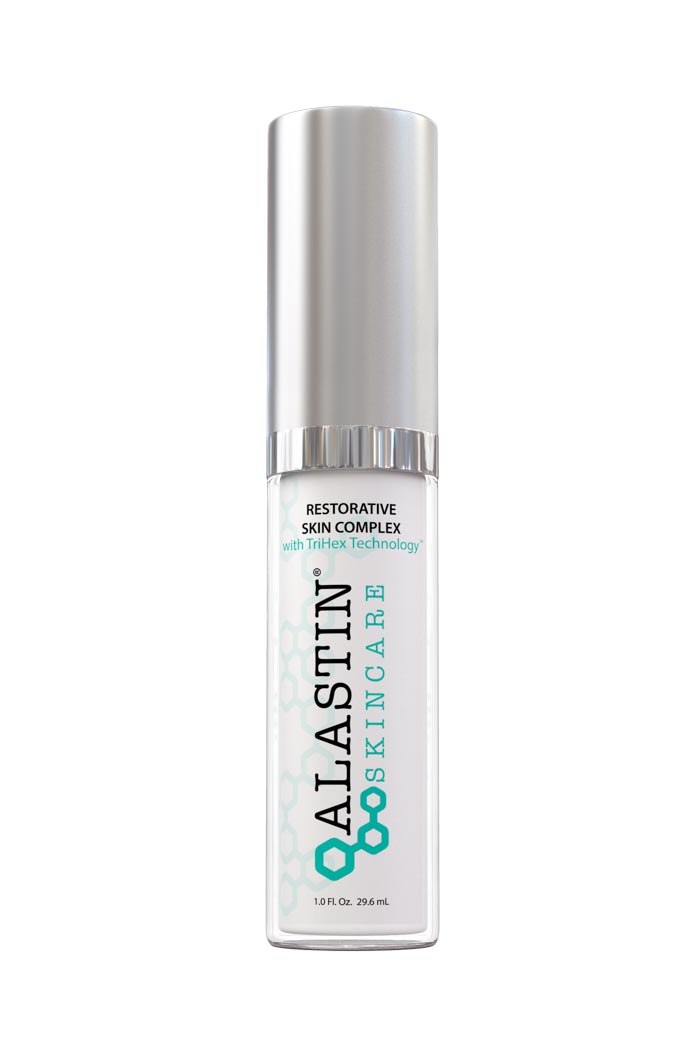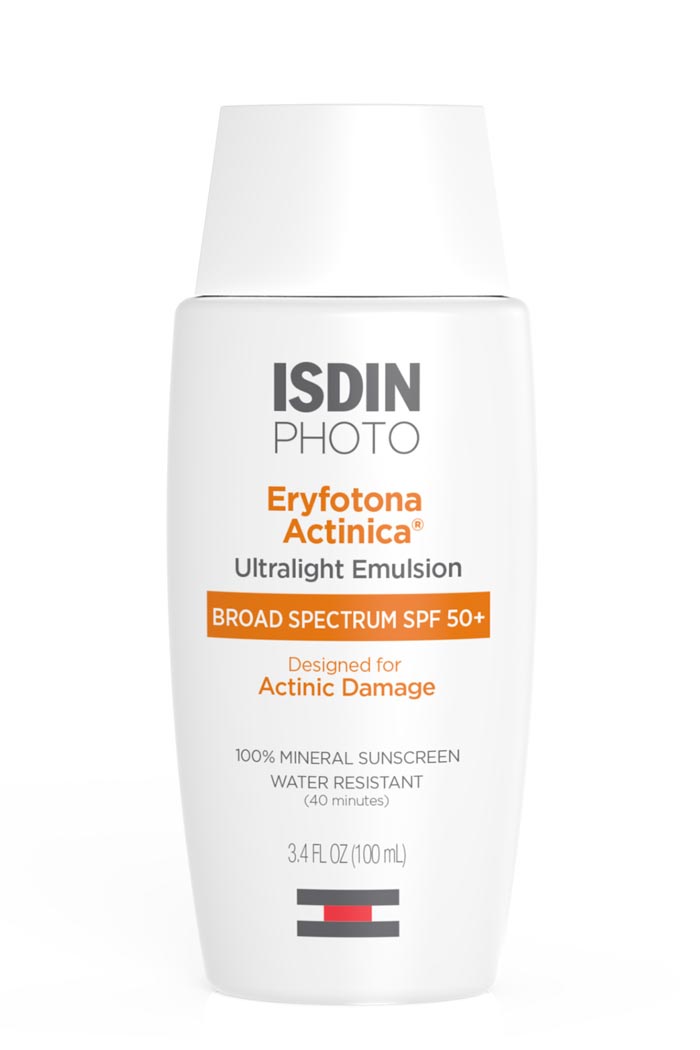
19 Nov Lower Facelifts That Feel Like You
RefinedMD offers surgical options for lower facelifts that aim to restore structure and elegance while preserving your natural essence. In today’s landscape, lower facelifts are evolving to provide softly refreshed contours without the telltale signs of “having work done.”
When designed well, a lower facelift repositions deeper tissues (not just skin) along the jawline and beneath the chin. You’ll often see improved definition of the marionette zone, sharper transition between neck and jaw, and smoother jowl contours. Because incisions are discreet (around the ears, often extended into the hairline), once healed, they’re rarely obvious.
What technique matters most
Not all facelift methods are created equal. A recent systematic review compared deep-plane facelifts with SMAS (superficial musculoaponeurotic system) lifts and found that patient satisfaction was higher with deep-plane approaches (94.4 %) versus SMAS (87.8 %)—though the complication rate was also somewhat higher (17.2 % vs 10.3 %). This suggests that deeper, more comprehensive lifts carry additional technical risk, but often deliver more gratifying, long-lasting results.
Supporting the shift to advanced techniques, a 2025 paper on “Systematic Approach to Deep Plane Facelift” highlights how modern surgeons safely release cheek retaining ligaments and reposition tissue as a composite unit. That method allows for more meaningful midface and lower-face correction—all while reducing the risk of nerve injury when performed with careful dissection.
As trends evolve, a review titled Current Trends in Facelift and Necklift Procedures underscores that the art lies in tailoring the technique to each patient’s anatomy and goals. Surgeons now emphasize preserving blood supply, minimizing tension on skin, and combining neck work or subplatysmal maneuvers as needed.
A recent encouraging patient story
A first-person feature in Marie Claire tells the experience of a 52-year-old woman who underwent a facelift, neck lift, and lower blepharoplasty with fractional laser. At three months, she described her appearance as “subtly refreshed”—friends couldn’t tell she had surgery, yet she looked rested and natural. Her journey reflects how modern techniques plus expert planning can yield results that feel authentic, not overdone.
After surgery, swelling and tightness are expected for the first week. Bruising and discomfort tend to fade over 7–14 days, and many patients return to light social activities within two weeks. But the full “settling” process takes longer: three to six months is typical for softening, scar maturation, and optimal contour to emerge.
Early support is key. Cold compresses, gentle elevation, lymphatic massage, and avoiding strenuous movements help guide smooth healing. Incision care is critical, especially in the periauricular zones. The patient story from Marie Claire echoes this: the early days were rough, but results improved steadily once swelling subsided and tissue adapted.
Balancing surgical lift with nonsurgical support
Noninvasive skin-tightening treatments—ultrasound, radiofrequency, microneedling—still play a valuable role. Many beauty industry reports note that these modalities are trending because patients hope to delay or complement surgery. However, when true jowling or neck banding is present, surgery gives the structural repositioning that tightening alone cannot replicate.
That said, combining modalities can enhance outcomes. In the Optimizing Aesthetic Facial Surgery Outcomes paper, the authors explore how minimally invasive treatments interact with surgery and how careful perioperative planning can improve healing, soft tissue behavior, and long-term stability.
The key is a thoughtful approach—knowing where nerves traverse, when to release or preserve ligaments, and when to stop dissection. The evolving literature insists that technique selection be driven by anatomy, not trends.
Why Dr. Sudeep Roy matters
In the hands of a skilled surgeon, the difference between “obvious lift” and “natural refinement” comes down to artistic judgment and technical precision. When you consult with Dr. Sudeep Roy, he evaluates the position of your retaining ligaments, how your tissues drape, your neck contour, and skin elasticity. From there, he chooses the safest, most effective technique—whether a deep-plane lift or modified SMAS, possibly paired with neck work or fat repositioning. His goal: a result that looks uniquely you, with renewed definition.
Ideal candidates are those showing moderate lower face laxity, mild to moderate jowling, or early cervical banding. They should be healthy non-smokers, with realistic expectations and stable weight. If you’re in a “pre-surgery” phase, combining medical skincare, light tightening modalities, and early structural planning can lay a foundation for better, longer lasting surgical results.
Planning your consultation
Bring older photos from 10–15 years ago to orient the discussion to how you used to look. Ask your surgeon which specific technique they plan to use (deep plane, SMAS, endoscopic, etc.) and why it suits your anatomy. Inquire about scar strategy, nerve protection, and staged recovery. Dr. Roy will walk you through timeline, risks, and how to support your healing with post-operative care.
If restoring sharpness to your jawline and redefining your neck is on your wish list, schedule a consultation with Dr. Sudeep Roy to explore customized lower facelift plans. Let us help you chart a rejuvenation that’s refined, authentic, and lasting.

 Alastin Skincare Restorative Skin Complex
Alastin Skincare Restorative Skin Complex
 EltaMD PM Restore Moisturizer
EltaMD PM Restore Moisturizer
 ISDIN Eryfotona Actinica Ultralight Emulsion
ISDIN Eryfotona Actinica Ultralight Emulsion
 BioTE Iodine+
BioTE Iodine+